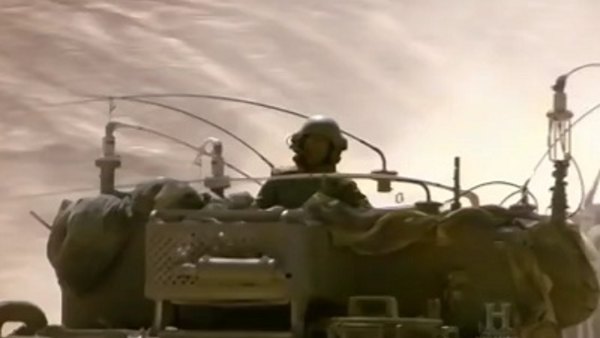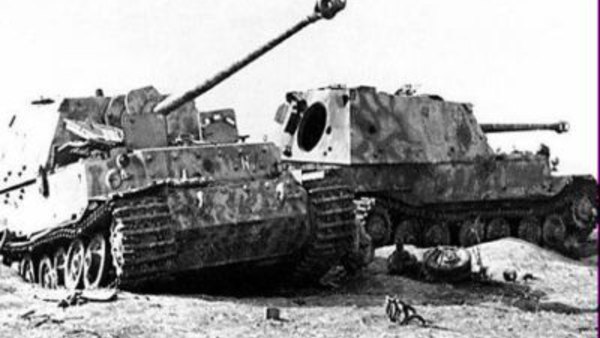

This vehicle proved to be quite effective: its high speed of up to 90 km/h (on asphalted roads) allowed for quick and successful attacks on German positions. Thus, the ancient goddess of wisdom was fully equipped and ready to fight.

To reach the battle safe and sound, this witty Belgian arranged his car to be protected with armour plates and equipped with an 8-mm Hotchkiss machinegun. It was during the German invasion of Belgium that officer of the General Staff, Lieutenant Charles Henkart used his civilian Minerva automobile to get to the front line. In 1914, Belgium was to face the nightmare reality of World War I. Minerva Military Armoured Cars: the First Division of Armoured Vehicles on the Western Front However, the first armoured vehicles generally did take part in the battles of World War I, on both the Western and Eastern fronts. That is why quite a significant period of time passed before the first units of armoured vehicles were adopted by European militaries. As is often the case with new military advancements, many military officers considered them to be nothing more than a novelty. These vehicles were first used in warfare at the turn of the 20th century.

These were wheeled armoured vehicles-close relatives the soon to be developed tank. However, there was another product of technical development that was already implemented several years ago and even had received its baptism of fire by 1915. The months of hard work did not result in any success and it seemed that the British Admiralty gave up on this promising concept, since no one could come up with a worthy project. Starting from February 1915, the engineers from the Landship Committee were looking for a "wonder weapon" for the British Army-a self-propelled armoured vehicle. These vehicles had to cut through mud, numerous shell holes and plenty of other obstacles, typical of trench warfare. However, they had to travel a long and winding way to the battlefield. Wheeled armoured vehicles presented an alternative to combat vehicles on tracks.


 0 kommentar(er)
0 kommentar(er)
